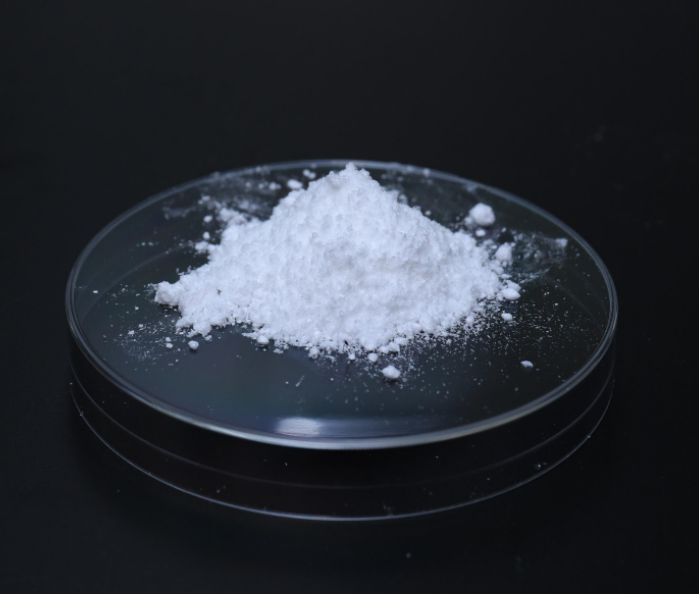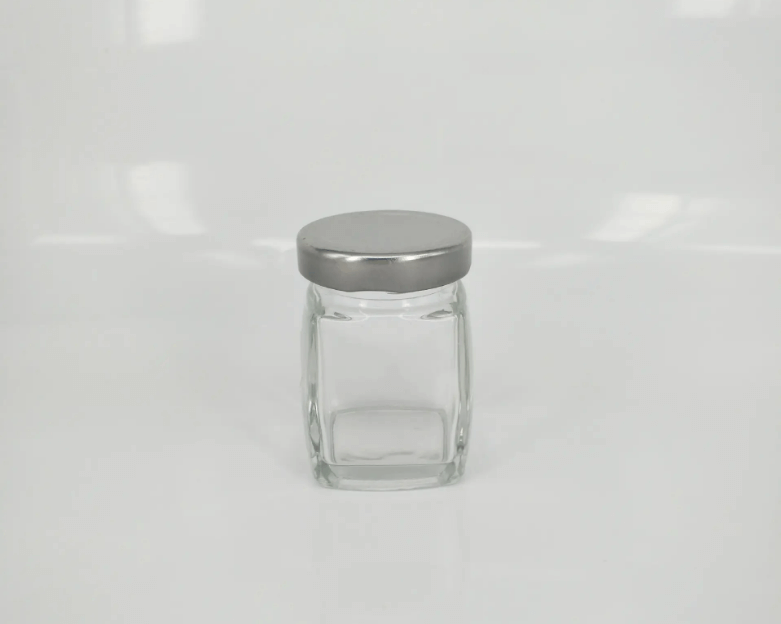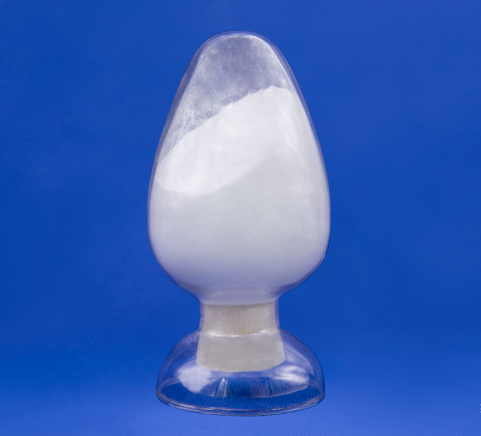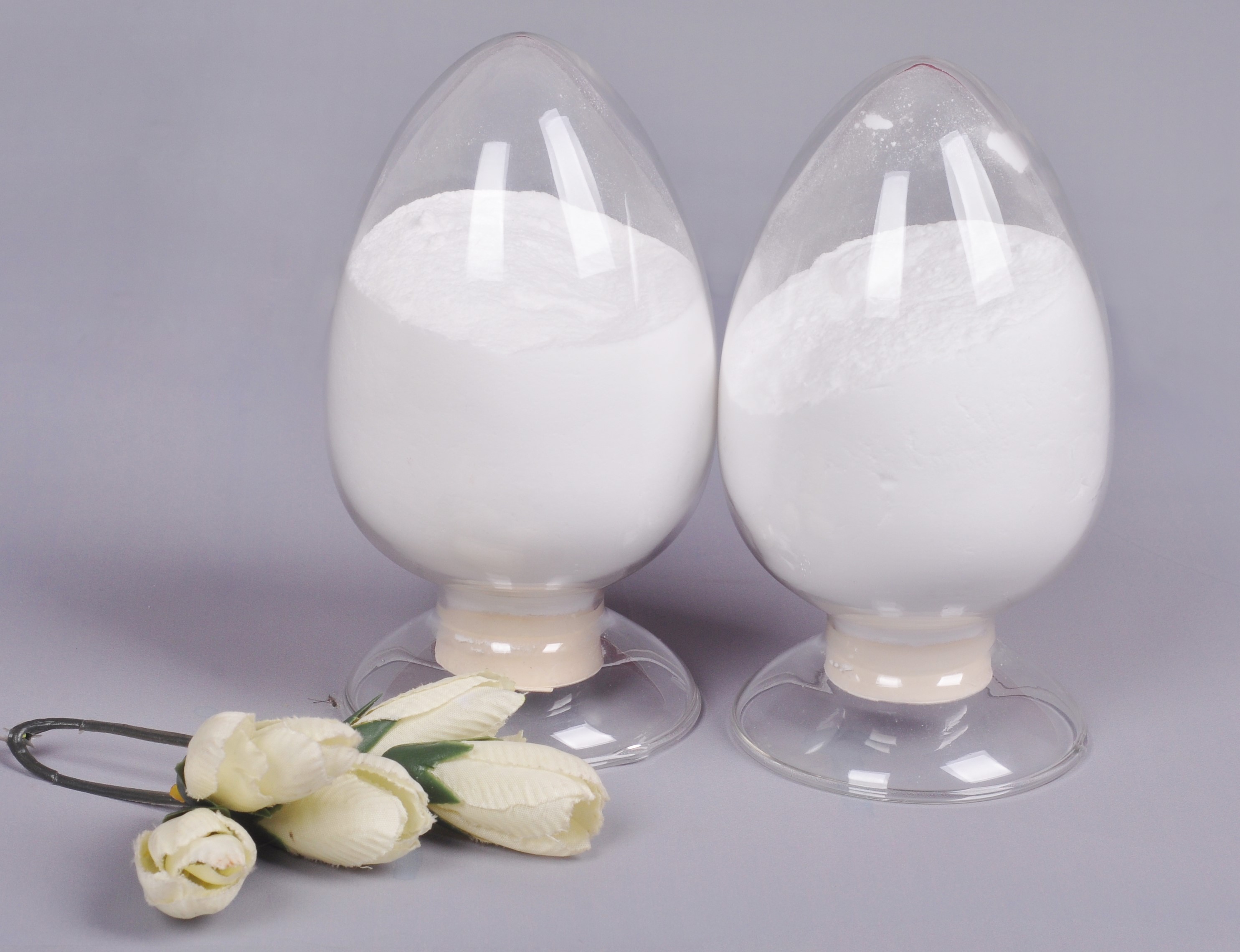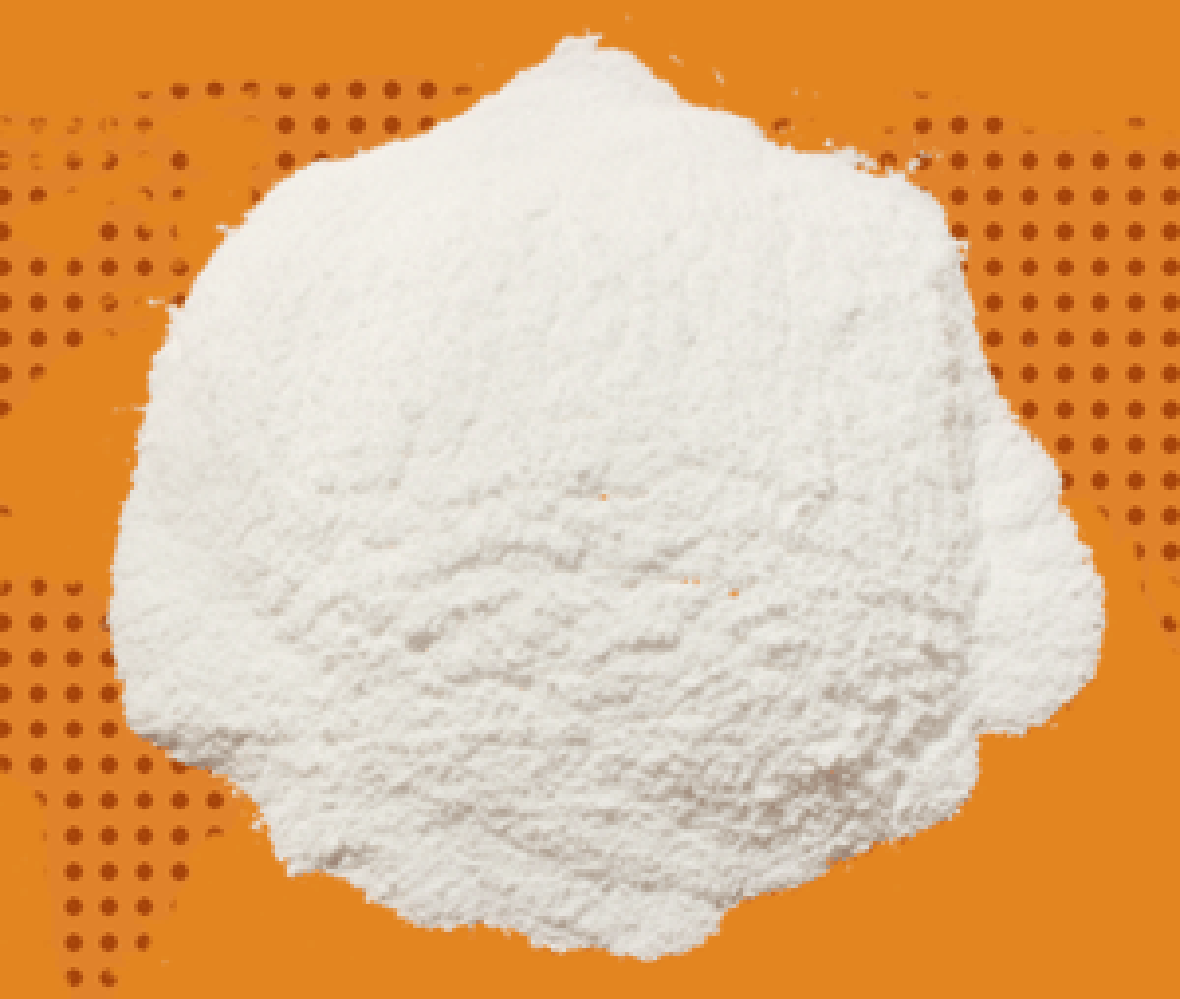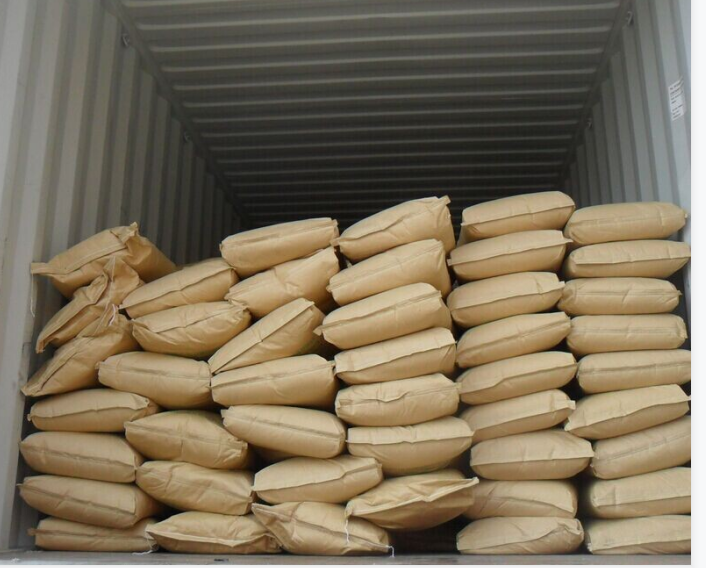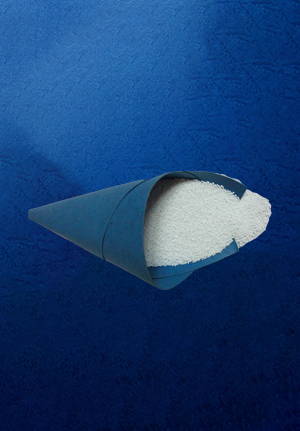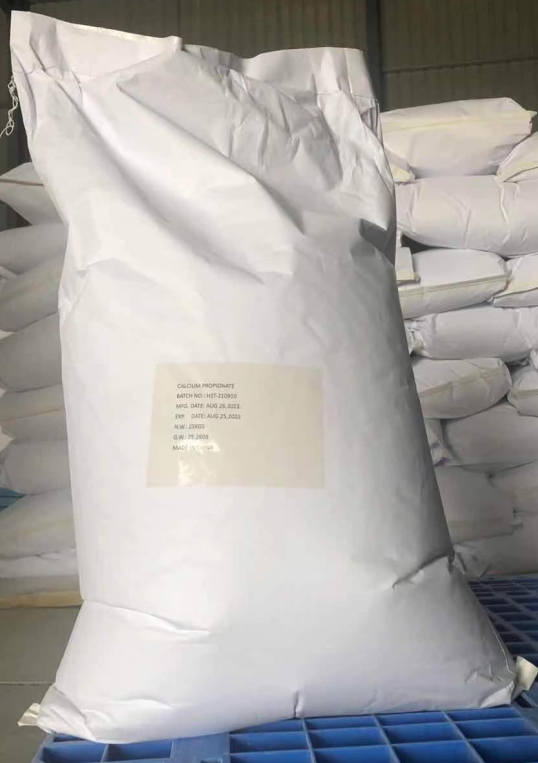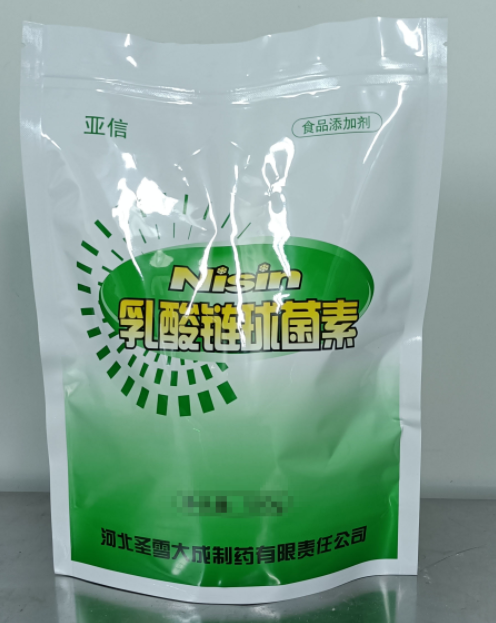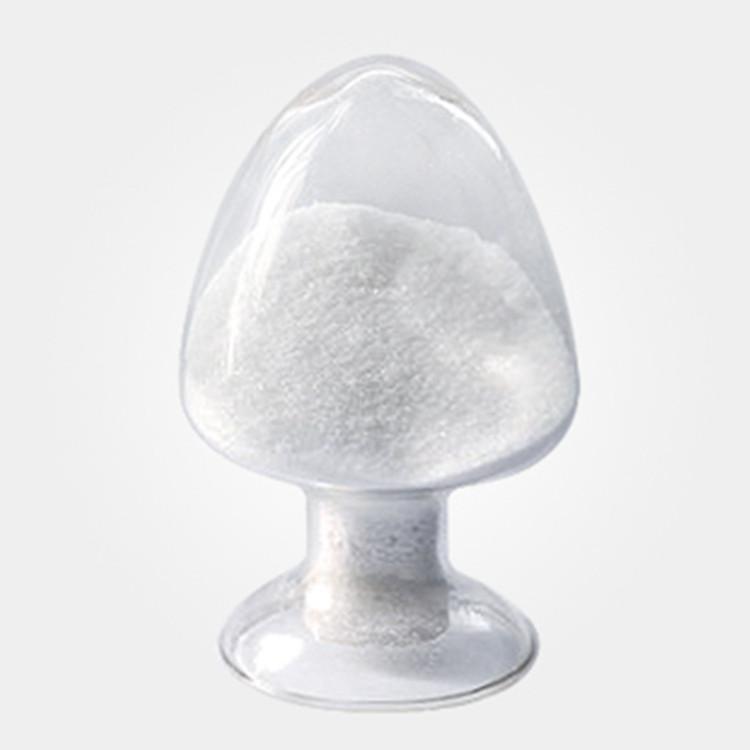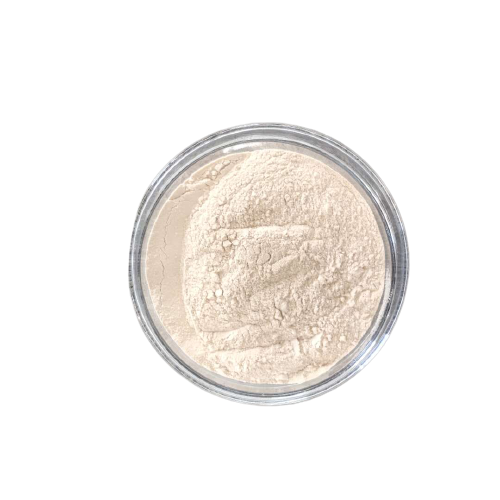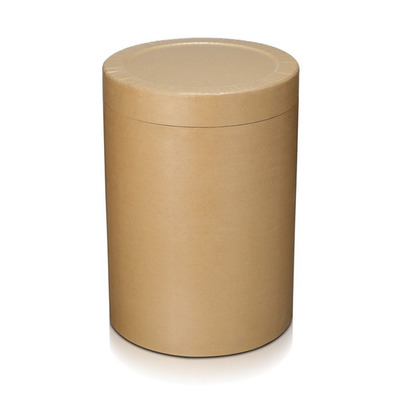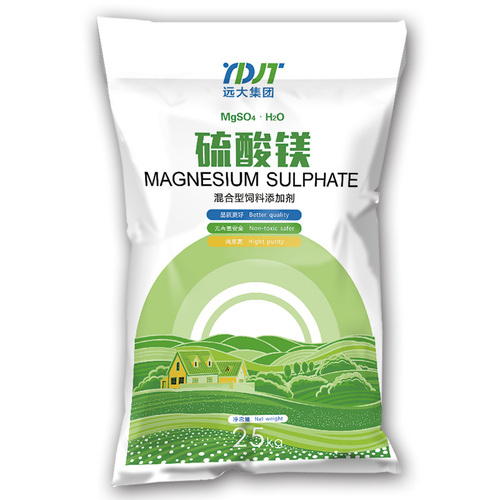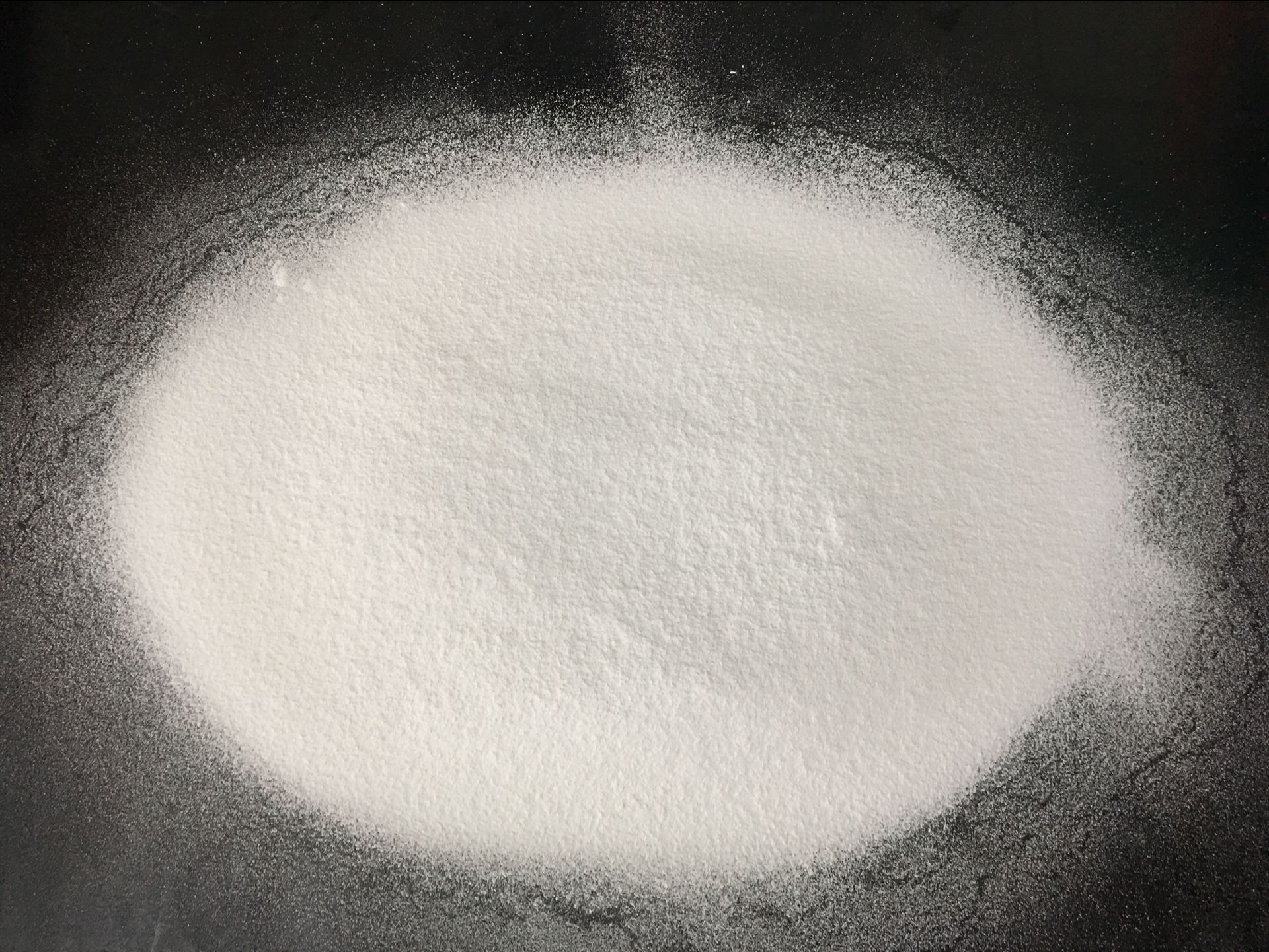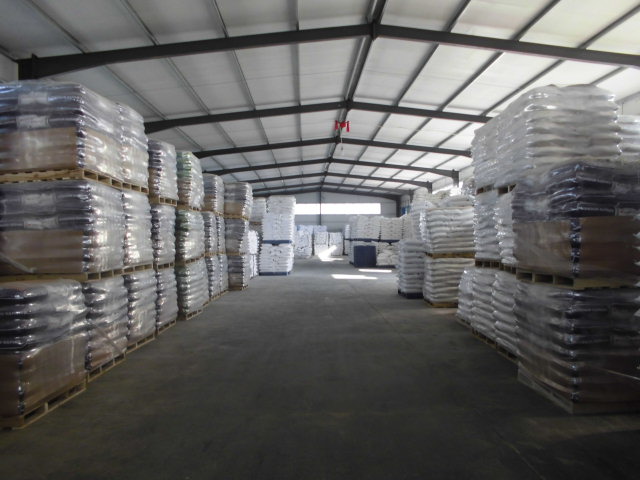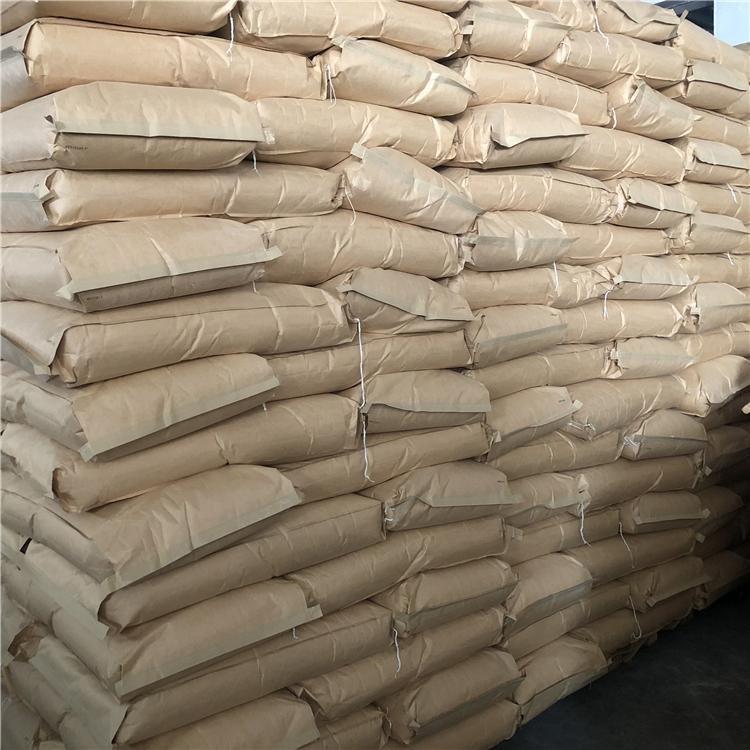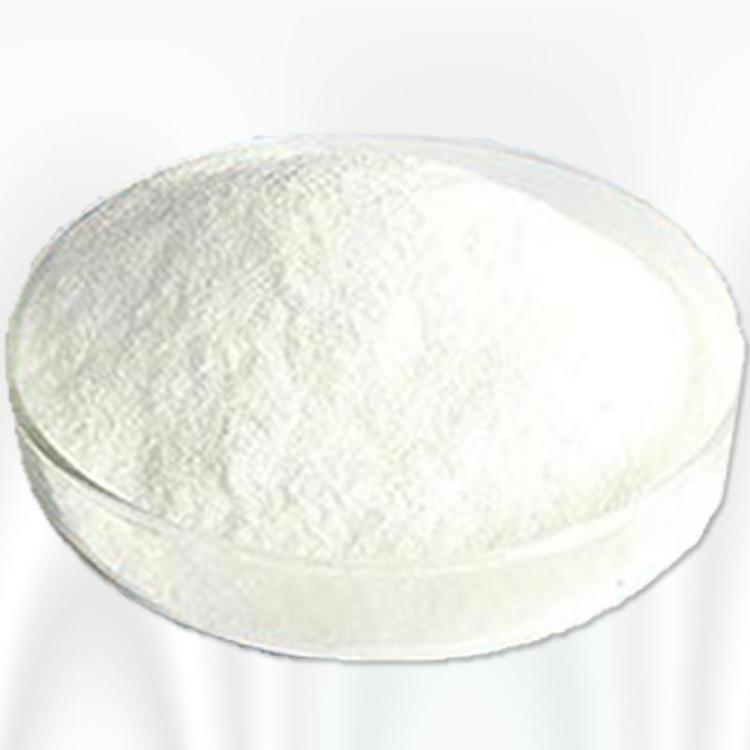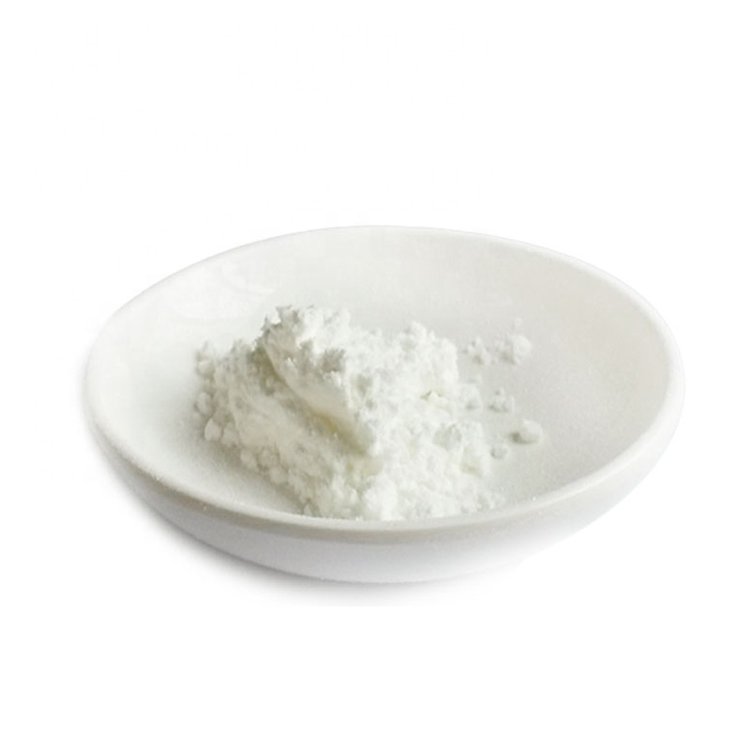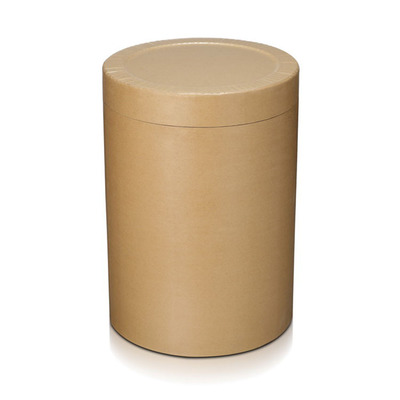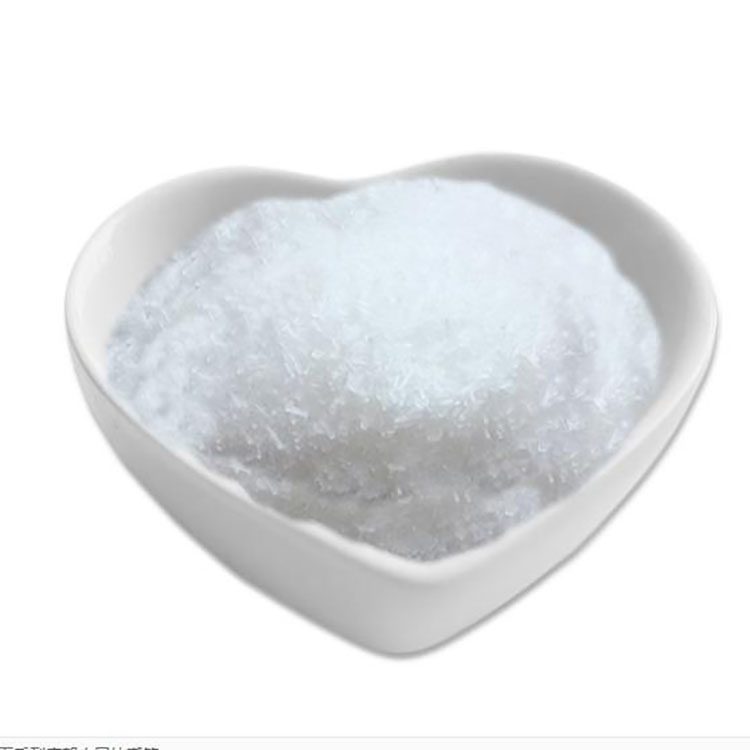Feed Additive
Additives For Food Packaging
Colorant
Stabilizer and Coagulator
Water Retention Agent
Feed Deworming Health Agents
Anti Corrosion and Preservation
Color Fixative
Flour Treatment Agent
Defoamer
Coating Agent
Feed Vitamins
Emulsifier
Other Food Additives
Nutritional Fortifier
Thickening Agent
Feed Quality Enhancer
Antioxidants
Chewing Gum Bases
Bulking Agent
Feed Amino Acids and Small Peptides
Flavor Enhancer
Sweeteners
Additives For Feed Preservation
Other Feed Additives
Food Additive
Bleaching Agents
Anticaking Agent
Food Flavors and Fragrances
Enzyme Preparation
Feed Trace Elements
Acidity Regulators
Feed Growth Promoters
Feed Conditioner
CAS:137-16-6
Molecular Formula:C15H28NNaO3
Alias
More Information
N-Lauroylsarcosine Sodium Salt; Sodium Lauroyl Sarcosine; Sodium N-Lauroylsarcosinate; Sodium Lauryl Sarcosinate; Sodium Lauroylsarcosinate; N-Laurylsarcosine,Sodiumsalt; N-Lauroylsarcosinena-Salt; N-Lauroylsarcosinesodiumsalt; Sarkosyl NL 30; Sarkosyl NL; Sarkosyl; N-Methyl-N-(1-Oxododecyl)Glycine Sodium salt; N-Methyl-N-(1-Oxododecyl)Glycinesodiumsalt
Brief Introduction
Sodium lauroylsarcosinate is a kind of foaming agent and surfactant. It is a kind of modified fatty acid of lauroyl sarcosine salt (decomposed from creatine or caffeine). It is often used in shampoo, shower gel, cleanser and shaving products as foaming agent, surfactant and hair conditioner.
Suppliers
View More Vendors (4) >
CAS:137-40-6
Molecular Formula:C3H5NaO2
Alias
More Information
Bioban-S; Propionate Sodium Salt; Propanoic Acid, Sodium Salt; Mycoban; Keenate; Sodium N-Propionate; Propionic Acid Sodium Salt; Spac; Propisol; Impedex; Deketon; Whit-Pro; Propion; Napropion; Sodiumpropanoate
Brief Introduction
Sodium propionate is an acid preservative, and its antibacterial effect is affected by pH. The mic was 0.01% at pH5.0 and 0.5% at pH6.5. In acidic medium, it has strong inhibitory effect on all kinds of mold, aerobic Bacillus or Gram-negative bacilli. It is effective to prevent the production of aflatoxin, but almost ineffective to yeast. As a preservative, sodium propionate is mainly used in food, feed and cosmetics. Sodium propionate is used as a masking agent in leather making to improve the alkali resistance and tanning uniformity of leather.
Suppliers
View More Vendors (4) >
CAS:1414-45-5
Molecular Formula:C143H230N42O37S7
Alias
More Information
Streptococcus Element; Nisinstreptococcus Lactis; Nisaplin; Ambicin N; Nisin e 234 Manufactures; Nisin Supplier; Nisin Addetive
Brief Introduction
This product can be used as preservative; Mold inhibitor. It is widely used in dairy products, meat products, fruit juice drinks, plant protein drinks, beer and so on.
Suppliers
View More Vendors (4) >
CAS:14168-73-1
Molecular Formula:H2MgO5S
Alias
More Information
Magnesium Sulfate Hydrate; Magnesium Sulphate Monohydrate; Sulfuric acid, Magnesium salt Hydrate
Brief Introduction
Magnesium sulfate monohydrate is an important inorganic agricultural product, which is very popular in the domestic feed and fertilizer industry. When manufacturing compound fertilizer, magnesium sulfate monohydrate is used as drying additive, which is not only economical and practical, cheap and easy to obtain, significantly improves product performance, and will not harden into blocks in the process of storage and transportation, but also increases the material flow of the production line and increases the product output. In addition, magnesium sulfate monohydrate is rich in sulfur and magnesium, which are beneficial to crop growth. Therefore, using magnesium sulfate monohydrate as a special compound fertilizer drying additive can not only solve the problem of product drying, but also improve the yield increase effect of compound fertilizer, further increase crop yield, and the benefit is very significant.
Suppliers
View More Vendors (4) >
CAS:147-85-3
Molecular Formula:C5H9NO2
Alias
More Information
L Proline; L(-)-Proline; (S)-Pyrrolidine-2-Carboxylic Acid,L-Proline; L-Pyrrolidine-2-Carboxylic Acid; L-(-)-Proline; (S)-Pyrrolidine-2-Carboxylic Acid; 2-Pyrrolidinecarboxylic Acid; Pyrrolidine-2-Carbonic Acid; L-(-)-Proline ((S)-(-)-Proline)
Brief Introduction
L-proline is one of the eighteen amino acids synthesized by human body. It is colorless to white crystal or crystalline powder at room temperature. It is slightly smelly and sweet. It is very soluble in water, insoluble in ethanol, and insoluble in ether and n-butanol. L-proline is used in biochemical research, medicine for malnutrition, protein deficiency, gastrointestinal diseases, burns and postoperative protein supplement. It can also be used as flavoring agent, which can react with sugar to form special flavoring substance.
This product can be used as food additives, flavors and fragrances, nutritional supplements, chemical reagents, pharmaceutical raw materials.
Suppliers
View More Vendors (4) >
Inquiry (
10
/ 10
)
Clear All
Sign In
Error!

